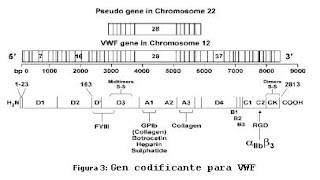"Honey, why you behave as if we have an eternity to be married? - It tells Giselle Renato.
- Because we have an eternity to be married! "He said Renato surprised that his wife did not know.
- Really? I did not know forever is composed of just three months. And to think that there are marriages that last to be married even years! That is many eternities Do not you love? What would your romantic I are together for ever and ever. But tell me why that attitude of depressed teen, I know you better than yourself and that's not the reason for your dismay.
Giselle "Listen, I always thought that when we married, it would be very happy next to you. Not only I knew, I knew well told me, that's what worried me most. And now I'm married, I realize that everything they said is true. I'm terribly happy next to you. Now that's a problem. Your flaw is that you're perfect, it already had told Luciano before I met you. But there was a part of me that had the hope that there is some flaw in you. Sometimes I dreamed of the day I would make life a nightmare, would try to steal my wealth, my life would end in a divorce which would precipitate a major scandal, but every day I am more convinced than ever come to pass. And it sometimes saddens me a bit. I would love the opportunity to be able to be left in ruins because of an incredibly beautiful woman like you.
"Honey, trust me I do the best I can but it is difficult for someone suspected of a woman as smart as I am. also be unable to cheat, I think that fine art is for them men. But I married you because I knew from the beginning you serious exception. You would be unable to betray me because I love her more than yourself. I know from before we met.
- How do you know? I did everything possible to not love you realized it was you, at least until I confessed to you for that lie of yours in which you make me believe you were engaged to someone else.
Raziel Tovar
December 5, 2008





